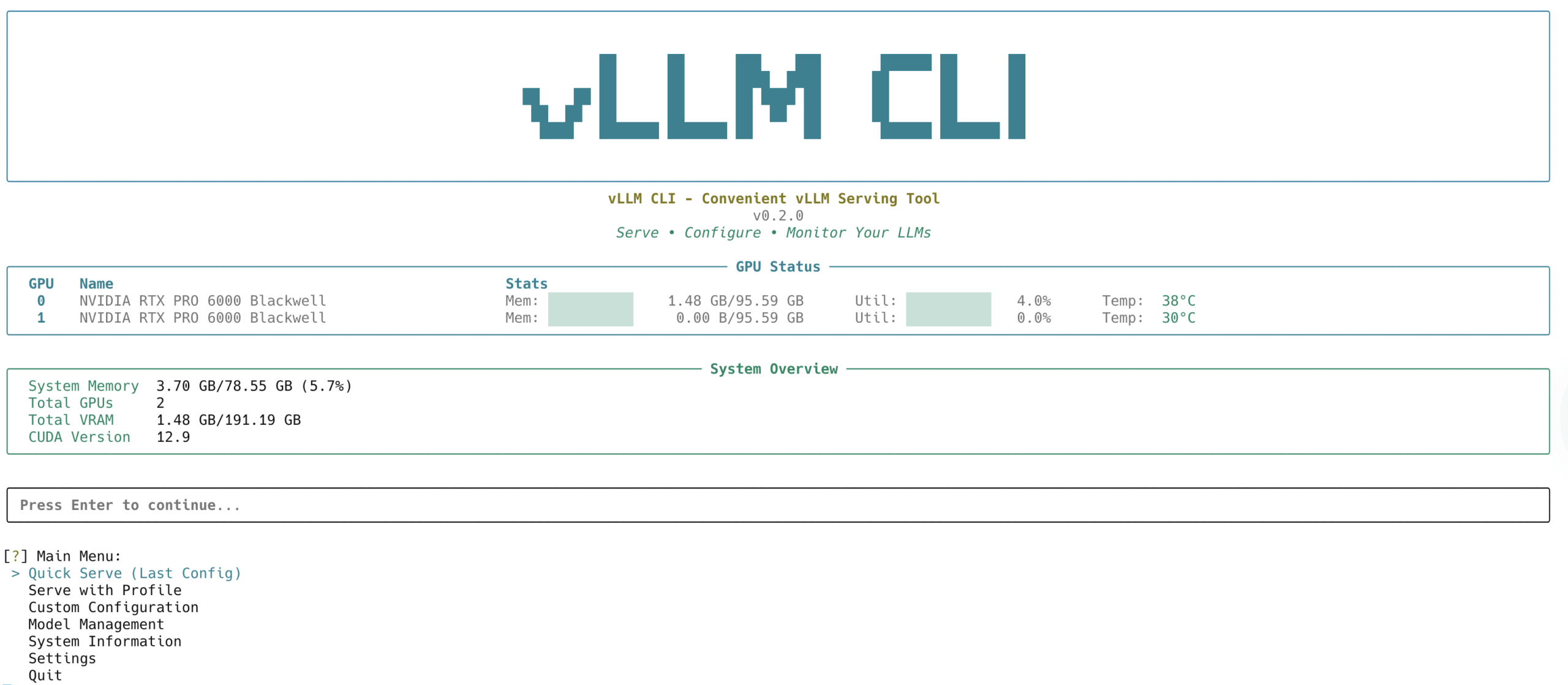BULLTZ's barbell trajectory tracking uses fusion sensing technology, combining camera visual recognition and IMU inertial measurement unit data to reconstruct the barbell's 3D trajectory with an accuracy of ±2cm. 8 key metrics are monitored during bench press training: including centrifugal phase velocity control (ideally 0.5-0.7m/s), movement apex stability (detecting left-right deviations of more than 5cm), and barbell bar parabolic symmetry. muscle imbalance) and barbell bar parabolic symmetry. When a common error pattern is detected (e.g. a "J" bend in the trajectory of the push press), the user is immediately alerted via vibration feedback.
The technology solves the most difficult self-correcting trajectory control problem in strength training. While traditional gyms rely on coaches' visual observation, the BULLTZ system quantifies and analyzes the quality of each repetition, generating a graph of force generation efficiency. Professional athletes use the data to show that after 6 weeks of training, movement standardization improved by 41%, and maximal strength growth was 19% faster than the traditional method. this marks the first time that a consumer-level device has achieved training analysis capabilities close to those of the Vicon Motion Capture System.
This answer comes from the articleBULLTZ: Artificial Intelligence Personal Fitness AppsThe













